defensive fronts
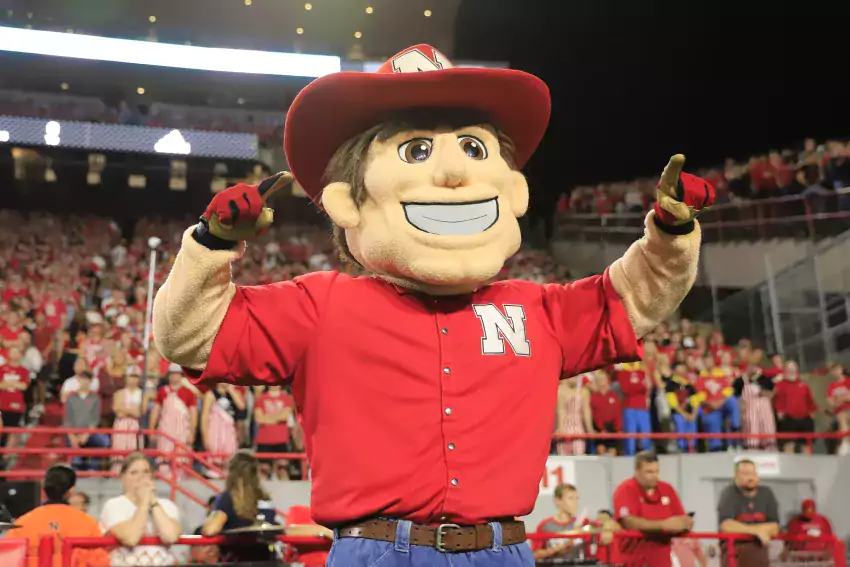
With Michigan's non-conference schedule behind them I thought we'd look ahead to their next Big Ten opponent, and their interesting defensive system. Nebraska's new defensive coordinator Tony White runs a Rocky Long 3-3-5. We've come across this defense before—even installed a version of it 14 years ago. A different branch of it is the basis of the TCU and Ohio State defenses that felt frustrating to play against despite Michigan putting up loads of points in those games.
The Nebraska edition—the 3-3-5 stack—is about as pure of a 3-3-5 as you're going to find in today's modern, Everybody's Multiple age. And it's hard to argue with White's results with it thus far. Bill Connelly has them 28th in defensive SP+ this year, up from 61st in 2022. They're already up to 14 sacks after finishing with 21 and 20 the last two seasons, and are holding opponents to just 5.02 YPA (sacks included) passing and 3.32 YPC (sacks removed) on the ground. In their four games, the defense should have led to a victory at Minnesota, kept them in the Colorado game, and defeated a pair of G5 teams despite offensive struggles.
Where's this coming from? Everywhere.
[AFTER THE JUMP: Stack is back]
[Photo: Upchurch]
Last week we introduced the defensive terminology for Don Brown's base defense and his 4-lineman sub packages. Quick clicky-popup diagrams of the 4-3 and 4-2-5 forms we covered:
This week I'd like to get into the 3-4 and 3-3-5 and 3-2-6 looks, or in Brown's terminology, the "50" formations.
-------------------------------
SO WHAT DOES THE 3-4 LOOK LOOK LIKE?
The BC defense Brown brought over is a base 4-3 and 4-2-5 nickel, and they'll run a relatively small suite of plays from that base on most downs. But a lot of the fancy stuff—truly, most of the playbook—are out of what are usually called "30" and Brown refers to as the "50" fronts*, i.e. formations with three defensive linemen.
Here's the basic version, as taken directly from the 2013 Boston College playbook that James Light posted.
Technically, the "Tackle" (Hurst's position) has been replaced with a "Backer" (B). When you hear about a guy you thought was playing defensive end being called a "linebacker" (e.g. Kemp) it's possible he's playing the Backer position. If a dude's getting mentions as an "OLB" that's also a sign they're using him in that Backer/Sam role, where "Sam" means "Jake Ryan-esque."
That isn't anybody yet—I've been using Winovich as a placeholder—but the ideal here is clearly LaMarr Woodley: a 6'2/260-ish, athletic, stand-up, high-burst, space-tackling, strong-enough-to-stand-up-to-blocks attacker who can play rush end or cover some. That last is notable because it gives the 50 formations a suite of tactics that are generally absent from Brown's 70 formations: zone blitzes.
* [It's 50 and not 30 because look at the pic above and count the guys on the line. Now think back to that ol' Schembechler 5-2 "angle" defense. The more things change…
[After THE JUMP: bandits, canidae, diagrams that look like they're saying "Mike Gedeon" and "Will McCray", and blitzes. Oh lawdy do we got blitzes.]
[Huge thanks to Steve Sharik for getting a lot of this for me]
He's got nickel down. Also Sam, Rover, Money, Jaguar, Tractor, Dog, Pup, Cat, Bandit, Greyhound, and Aardvark. Read on to find out which two of those are not actually Don Brown positions that Peppers will play. [Bryan Fuller]
We had some bona fide MGoDudes attend the coaching clinic and the open practice in Florida, and they've reported back with a wealth of information about the new Michigan defense.
Coach Steve Sharik is writing up a full feature on it for HTTV, and in the course of editing that we went through all of the standard (and some of the non-standard) positions and terminology. I thought that would be extremely valuable to those of us trying to parse the coachspeak all spring, and figure out exactly what position various Guys and Dudes and whatnot are playing.
This week I thought I'd tackle the 4-man fronts that Michigan will run as their base defense. Brown also has myriad 3-man fronts (whence Winovich) that I'll get into next week.
Here are the two basic 4-man, or as Brown calls 'em, "70" fronts: 71 and 72.
These two alignments we'll see most of the time on standard downs, with personnel changing based on what the offense has in there. If you didn't spot the difference between 71 and 72, it's how the nose and end are aligned. In the first the nose is over the center (a 1-technique) and the end is in a 5-technique off the weakside OT. In 72 those guys have shifted over some, putting the nose over the guard (2-technique) so the end can split out wider. The first is stronger against inside runs, the second gives the end an easier path to pass rush or play a zone read.
And here are the base positions:
Let's meet them.
[After the jump: What's an "A", what's the difference between a Sam, a Jaguar, and a Money, and what the hell is Peppers?]
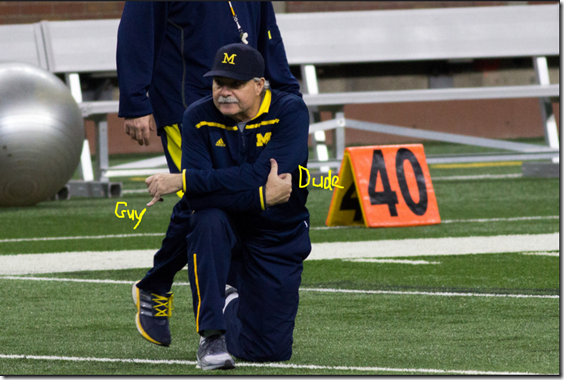
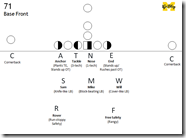
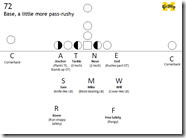
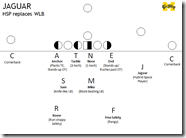

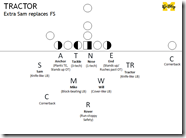

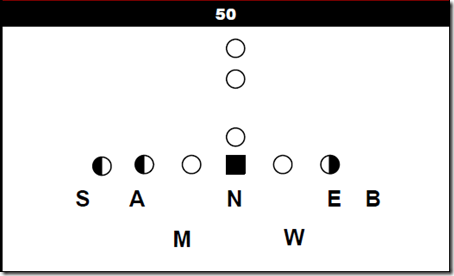
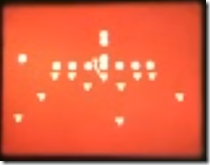
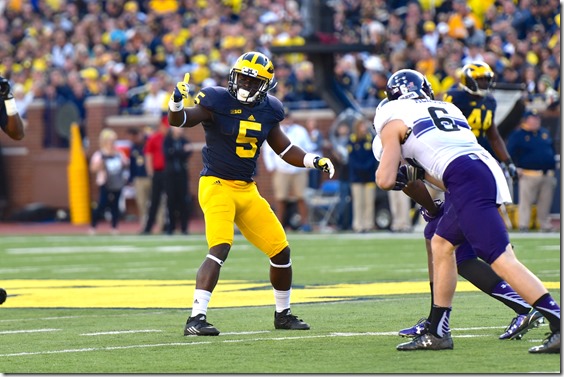
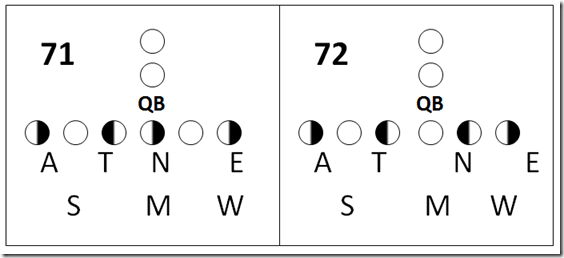

57